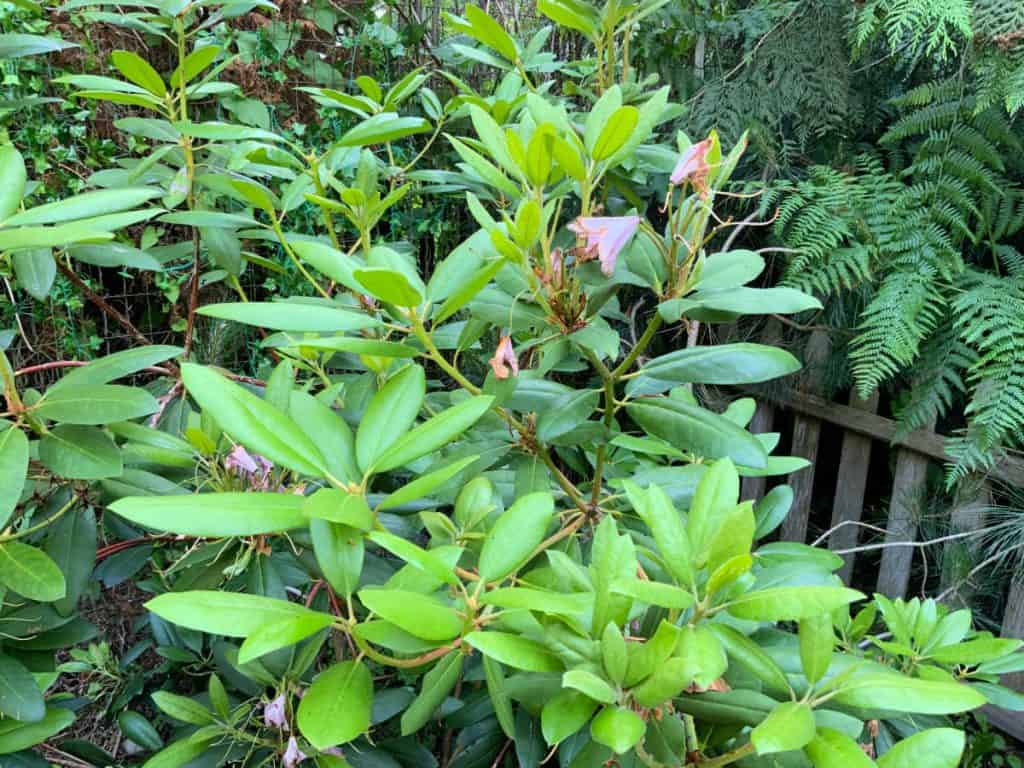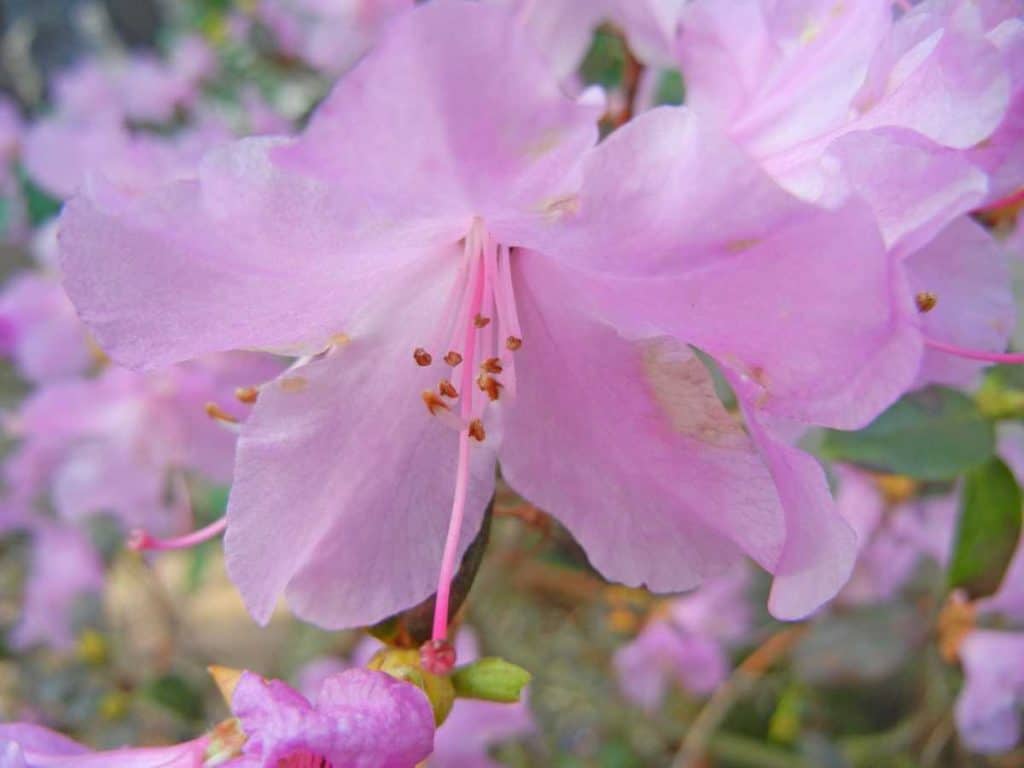
Rhododendrons are cherished for their vibrant blooms and lush foliage, but to maintain their health, shape, and promote abundant flowering, proper pruning is crucial. Pruning rhododendrons may seem intimidating at first, but with the right knowledge and techniques, you can confidently care for these beautiful shrubs.
Understand the Pruning Goals
Before you pick up those pruning shears, it's essential to understand your pruning goals. Common objectives for pruning rhododendrons include shaping the plant, removing dead or diseased branches, improving air circulation, and encouraging new growth. By identifying your desired outcomes, you can prune with purpose and precision.
Got overcrowded irises? Learn how to transplant iris rhizomes here.
Choose the Right Time
Timing is everything when it comes to pruning rhododendrons. Ideally, you should prune immediately after flowering, as this allows the plant enough time to develop new buds for the next year. Pruning too late in the season may compromise next year's blooms. However, if you must prune outside the flowering period, do so early enough to avoid disrupting bud formation.
Equipment needed:
- Sharp bypass pruners
- Loppers for thicker branches
- Pruning saw for large branches
- Gloves
- Disinfectant solution to prevent disease transmission
Removing Dead or Diseased Branches
Begin by identifying any dead, diseased, or damaged branches. Use sterilized pruners or shears to make clean cuts just above the branch collar, which is the swollen area where the branch meets the main stem.
Shaping and Thinning
To maintain an aesthetically pleasing shape, selectively remove branches that are crossing, rubbing against each other, or growing inward. Aim to open up the center of the plant to improve air circulation. Make cuts just above a bud or branch junction, angling the cut away from the bud.
Renewal Pruning
Over time, rhododendrons can become overgrown and less productive. Renewal pruning involves selectively removing old, woody branches near the base to encourage new growth. Make cuts close to the ground, taking care not to damage the main stem.
Learn how to transplant rose bushes here
Aftercare and Maintenance
After pruning, ensure your rhododendron receives proper care and attention. Water deeply and provide adequate mulching to retain moisture and suppress weeds. Apply a balanced slow-release fertilizer specifically formulated for acid-loving plants. Regularly monitor the plant for any signs of pests, diseases, or nutrient deficiencies.

FAQ
Dead-heading,or removing old spent flowers, is beneficial for rhodos. Removing the dead flowers puts more energy into new bud production and leaf growth rather than seeding. Remove spent flowers by snapping off or cutting away the flower head.
Winterize a rhododendron by wrapping the plant in burlap, or enclosing it in a burlap tent. This form of protection will keep the wind and sun off, but will not cut off air flow or trap heat, which can be harmful to the plant.
Epsom salt can improve the blooms of flowering and green shrubs, especially evergreens, azaleas and rhododendrons. Sprinkle one tablespoon of epsom salt per nine square feet of bush into the soil, over the root zone, which allows the shrubs to absorb the nutritional benefits.
Its best to cut back your rhododendron by ⅓ each year after it is done blooming. This ensures that the rhododendron will have enough leaves to produce adequate food for the plant.
Coffee grounds are best for fertilizing plants that love acidic soil. Such as hydrangeas, rhododendrons and blueberries. The coffee grounds are spread flat into the ground or covered with a little mulch. Cold coffee diluted with water can also be used.
Hi I’m Adrienne Carrie Hubbard. I believe a rich life comes not from the things you have, but the things you do; the experiences you create and the people you meet along the way. Thanks for hanging out!

Yolanda says
My plant seems to bloom but it doesn’t even last a week with the flowers what can be wrong